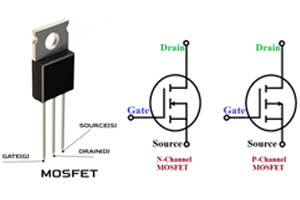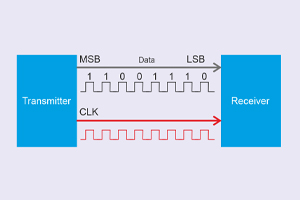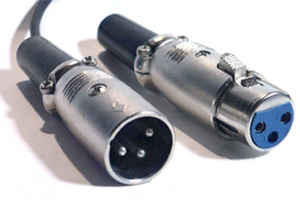-

-
The Ultimate Guide to Car Fuses: How to Identify, Replace, and Prevent Electrical Failures
Published:2025-08-06
Automotive fuse protect your vehicle’s electrical system by breaking the circuit during overloads. Learn to locate, test, and replace blown fuses safely using the right type and amperage. Prevent future issues with routine checks and proper fuse use.
-

-
The Ultimate Beginner’s Guide to MOSFETs: How They Work and Where They’re Used
Опубликовано:
A MOSFET is a voltage-controlled transistor used for fast switching and signal amplification. It has gate, drain, and source terminals. It’s key in power supplies, amplifiers, and digital circuits due to high speed, efficiency, and low input current.
-

-
Docking Stations Explained: Features, Benefits, and Buying Tips
Published:2025-08-02
A docking station lets your laptop connect to more devices like monitors, keyboards, and Ethernet, all through one cable—making work easier, cleaner, and more efficient.
-

-
Alternating Current vs. Direct Current: Key Differences, Benefits, and Modern Applications
Published:2025-07-31
AC reverses direction and is efficient for long-distance transmission. DC flows in one direction, providing stable power for electronics. AC is cost-effective, while DC is more stable but requires costly conversion.
-

-
What Is Serial Communication? Protocols, Parameters, and Troubleshooting Tips
Published:2025-07-30
Serial communication sends data one bit at a time over a single line. It’s simple, cost-effective, and ideal for long distances. Common protocols include UART, SPI, I2C, USB, and RS-232. Used in embedded systems, peripherals, and industrial devices.
-

-
Pull-Up Resistors Explained: How They Work and Where to Use Them
Published:2025-07-29
A pull-up resistor connects a digital input to a high voltage, preventing floating states and false signals. Used in switches, I2C, and open-drain outputs. Choose 1k–10kΩ typically. Use internal pull-ups for simple tasks; external for precision or power.
-

-
What Is an Armature in Electronics? The Key to Electromechanical Motion
Опубликовано:
An armature is the core part of motors and generators. It carries current or induces voltage to convert energy. Key parts include windings, core, shaft, and commutator. Found in EVs, tools, and power systems, it’s vital for torque and EMF. Maintenance ensures performance.
-

-
XLR Connectors Explained: What Makes Them the Pro’s Top Choice
Опубликовано:
XLR connectors deliver balanced, noise-free audio—ideal for pro setups. Learn about types (3 to 7-pin), pinouts, shielding, common uses (mics, DMX, intercoms), and how to pick cables by length, material, and shielding. Built for clarity, strength, and durability.